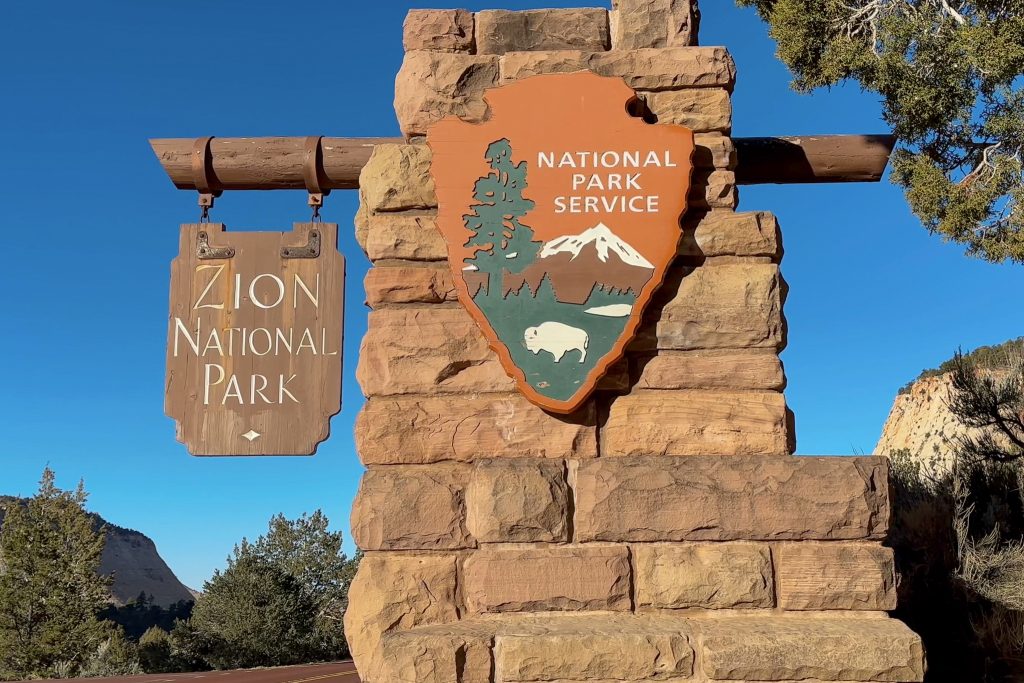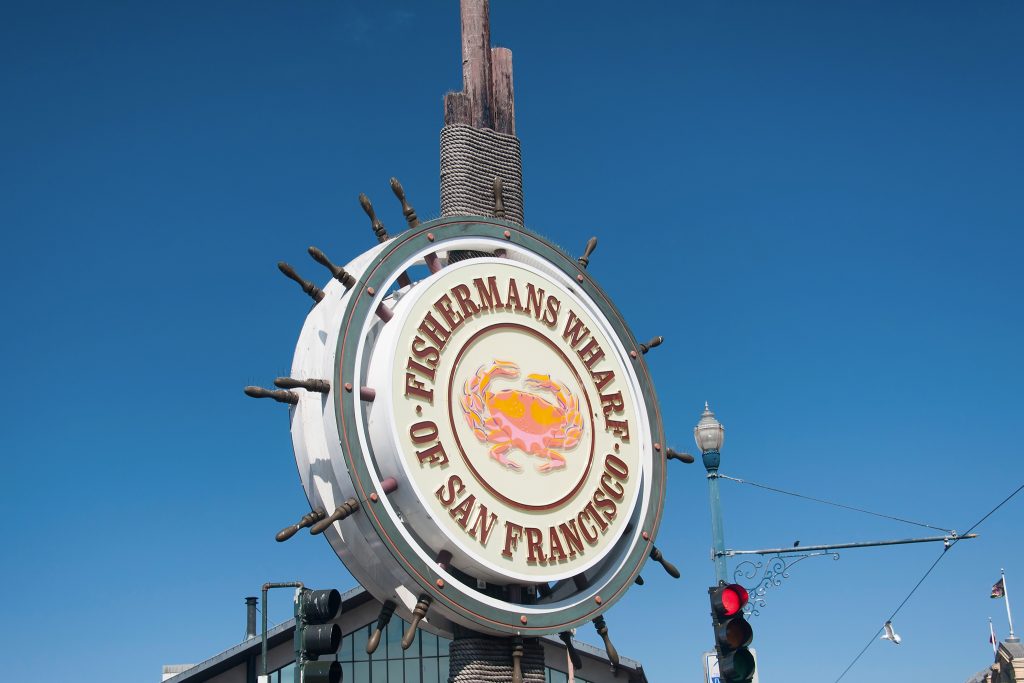Preserving historical integrity while ensuring contemporary relevance is a fine balance, especially in the realm of signage. At All Star Signs, we specialize in crafting signs that honor the past while embracing the present. This blog explores the challenges and rewards of designing signage that complements historic preservation efforts, highlighting our commitment to respecting tradition and ensuring visibility.
Understanding the Challenges
One of the primary challenges in designing signage for historic sites is meeting modern needs without compromising historical authenticity. Signage must be visible and informative yet subtle enough not to detract from the historical character of the environment. Balancing these requirements demands a deep understanding of both historical context and modern design principles.

Navigating Regulations and Standards
Historic sites often fall under strict regulatory guidelines that govern alterations, including signage. Navigating these regulations requires expertise and patience. At All Star Signs, we work closely with preservation societies and regulatory bodies to ensure that our designs comply with all local, state, and federal preservation standards. This collaborative approach helps preserve the site’s integrity while introducing functional signage.
Material Choices and Aesthetic Considerations
Choosing the right materials is crucial for maintaining the historical look and feel of a site. Traditional materials such as wood, wrought iron, and stone are often preferred to maintain aesthetic consistency. However, advances in materials technology allow us to use durable, weather-resistant materials that mimic these traditional appearances. This ensures that the signage not only looks authentic but also stands the test of time.

The Rewards of Sympathetic Design
Designing signage for historic sites offers significant rewards. Successfully integrating a new sign into a historic context can enhance the site’s accessibility and educational value without compromising its character. Well-designed signs help tell the story of the site, offering visitors insights into its history and significance, which enriches their experience.
Case Study: Bringing History to Life
A great example of effective historical signage is our recent project at a local historic landmark. We developed signs that blended seamlessly with the architecture, using materials that echoed those used in the original construction. Each sign was crafted to provide essential visitor information without overshadowing the site’s historical elements. The feedback from visitors and preservationists alike has been overwhelmingly positive, highlighting the signs’ role in both educating the public and preserving the site’s historical ambiance.

Our Commitment to Heritage and Visibility
At All Star Signs, we are committed to reviving heritage through thoughtful and respectful signage solutions. Our approach ensures that each sign we craft not only meets the functional needs of modern-day visitors but also respects and highlights the historical importance of the sites they adorn. By focusing on sympathetic design, we help bridge the gap between the past and the present, allowing historical sites to tell their stories while remaining relevant and accessible in the modern world.
Through careful consideration of design, materials, and regulatory compliance, we continue to lead the way in signage for historic preservation. Our work not only preserves our cultural heritage but also ensures it remains a living part of the community, appreciated by generations to come.
